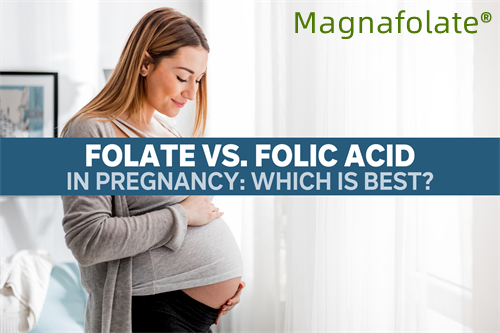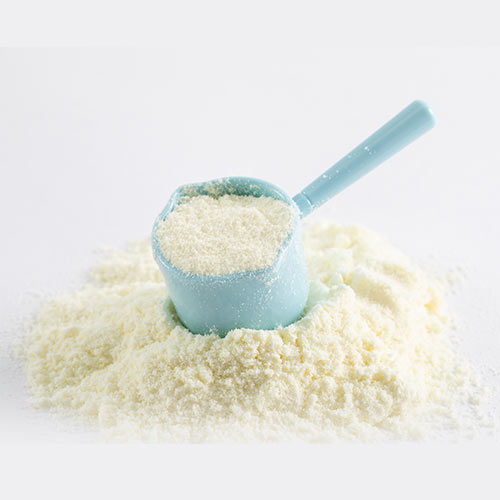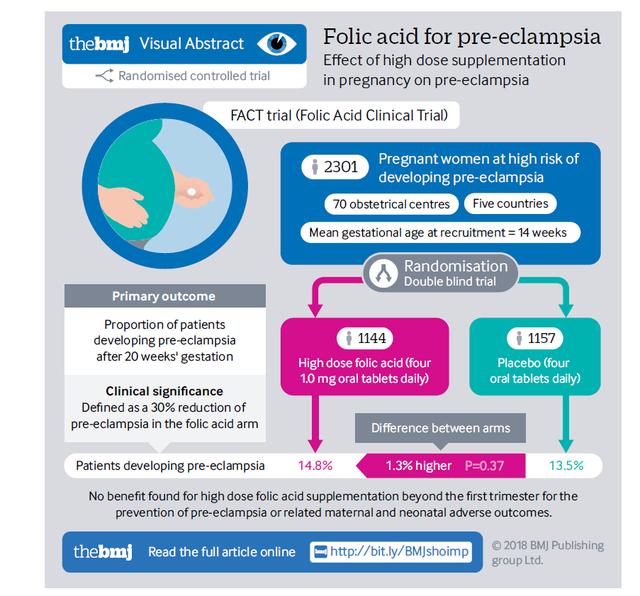The difference between the two is how they are used by the body.
Folate is converted into the active form of vitamin B9 in the digestive tract, called 5-methyl-thf (5-MTHF).
Folic acid needs to enter the blood and be transported to the liver and other tissues to convert to 5-MTHF. This is a slow and inefficient process, and most of the folate is not metabolized and circulates freely in the body.
About 30-40% of the population may have MTHFR genetic defects, which will impair the conversion of folic acid to active folate.

Although high levels of circulating folate do not harm most people, some people believe that high levels may increase the risk of prostate cancer.
In terms of prostate cancer risk, men who continue to take 1000 micrograms or more of folic acid seem to face the greatest potential risk. On the other hand, men who ate enough folate in their diet had a lower risk.
Despite these shortcomings, folic acid is cheap and non-toxic, and is unlikely to cause side effects unless overdosed.
So we recommend:
Magnafolate® L-Methylfolate—maximizes the supplementation delivering a "finished" folate the body can immediately use without any kind of metabolization.
Jinkang Pharma ,the Manufacturer & Supplier of L-Methylfolate.

 Español
Español Português
Português  русский
русский  Français
Français  日本語
日本語  Deutsch
Deutsch  tiếng Việt
tiếng Việt  Italiano
Italiano  Nederlands
Nederlands  ภาษาไทย
ภาษาไทย  Polski
Polski  한국어
한국어  Svenska
Svenska  magyar
magyar  Malay
Malay  বাংলা ভাষার
বাংলা ভাষার  Dansk
Dansk  Suomi
Suomi  हिन्दी
हिन्दी  Pilipino
Pilipino  Türkçe
Türkçe  Gaeilge
Gaeilge  العربية
العربية  Indonesia
Indonesia  Norsk
Norsk  تمل
تمل  český
český  ελληνικά
ελληνικά  український
український  Javanese
Javanese  فارسی
فارسی  தமிழ்
தமிழ்  తెలుగు
తెలుగు  नेपाली
नेपाली  Burmese
Burmese  български
български  ລາວ
ລາວ  Latine
Latine  Қазақша
Қазақша  Euskal
Euskal  Azərbaycan
Azərbaycan  Slovenský jazyk
Slovenský jazyk  Македонски
Македонски  Lietuvos
Lietuvos  Eesti Keel
Eesti Keel  Română
Română  Slovenski
Slovenski  मराठी
मराठी  Srpski језик
Srpski језик 








 Online Service
Online Service